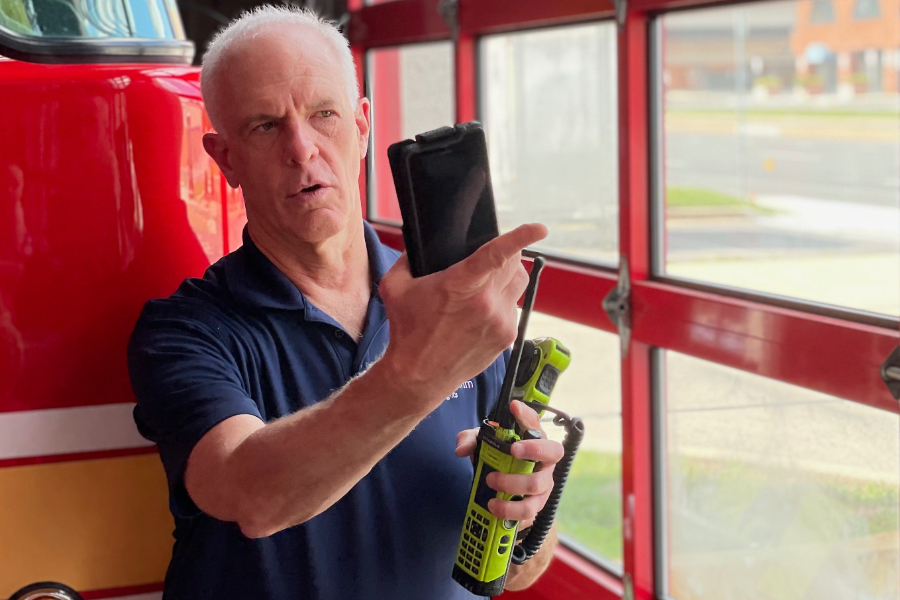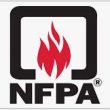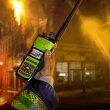It’s time to think strategically about portable firefighter radios
The early days of handheld public-safety portable radio devices did not bring specialized designs for a firefighter’s unique requirements. Police, fire, EMS, bus system managers, and others received the same device without regard for different work environments. From a purchasing standpoint, the strategy made sense: it was simple and enabled volume pricing advantages.
But as radios geared to firefighting entered the market, the value of fit-for-purpose devices became apparent, and many agencies moved to purchase the specialized devices. Today, however, the strategy becomes more complex, as the current generation of portables approach end-of-life status while the market awaits the availability of handsets meeting a formal standard for durability.
NFPA 1802 takes shape
The June 2011 line-of-duty deaths of Lt. Vincent Perez and Firefighter/Paramedic Anthony Valerio in San Francisco placed urgent attention on portable radio durability and performance.
A post-incident review conducted by San Francisco Fire Department (SFFD) reports that both fighter’s radios showed extreme heat damage, and the attached remote speaker microphones (RSM) failed. Tests revealed that the portable radios operated correctly when the damaged RSMs were removed, making clear the importance of durable radio/RSM ensembles.
At the time of the post-incident report, no standards existed for portable radios used in firefighting. The report recommended that the SFFD request NFPA action on a standard, and the chief forwarded such a letter in November 2011. The task of developing the standard was given to the NFPAs Technical Committee on Electronic Safety Equipment (ESE). The NFPA ESE committee consists of a balance of firefighters, manufacturers and subject-matter experts, as well as representatives from testing and certification organizations.
Ten years after SFFD’s initial request, the NFPA ratified the work of its technical committee, resulting in NFPA 1802 Standard on Two-Way, Portable RF Voice Communications Devices for Use by Emergency Services Personnel in the Hazard Zone.
The standard provides minimum performance criteria and test procedures that apply to a complete radio ensemble. The NFPA standard addresses the durability, physical properties, and ergonomics of a compliant portable radio, including – but not limited to – knob placement, buttons and switches, and display.
Likewise, the standard addresses RSM and cable characteristics. Beyond environmental testing and durability, the standard addresses programmable features and settings, emphasizing the device’s continued reliability to transmit and receive signals while maintaining voice intelligibility.
The achievement is significant. Where no consistent performance benchmarks across vendor devices existed before, there are now specific thresholds. And where the evaluation of durability previously had been left to vendor discretion, NFPA 1802 certification by independent test laboratories becomes possible.
To be sure, firefighter portable radios have steadily improved over the last 20 years. Still, new devices that attain NFPA 1802 certification is designed to ensure firefighters have the best odds possible with a device that is physically capable of transmitting a request for assistance under even the worst conditions.
[Editor’s note: IWCE 2021 conference attendees can learn more about the NFPA 1802 standard and its potential impact on firefighter communications by attending this session beginning at 4:30 p.m. Pacific time today.]
NFPA compliance process is a work in progress
With NFPA 1802, portable-radio technology for firefighters becomes subject to a consistent set of minimum requirements for performance and durability. Before this standard, each vendor made independent product decisions that determined the level of ruggedization. Likewise, each vendor took different approaches to verify that its designs were genuinely durable.
Following ratification of the NFPA 1802 standard, independent test laboratories are expected to establish test regimes that lead to formal compliance certification. The process of establishing these laboratories is not complete, meaning no devices can be certified as NFPA 1802 compliant until the labs are up and running.
The Fire Service Challenge
Facing the combination of a compelling new firefighter portable radio standard on the horizon and aging fleets of portable radios as a harsh reality, fire-service leadership faces tough decisions. Should needed procurements of replacement portable radio handsets take place on schedule, or should an agency wait?
Fire service leaders must take stock of the situation and make plans based on the best possible information. To that end, options leaders may want to consider include:
- Quiz vendors on testing timelines:While vendors do not have control over the timing of a coming NFPA 1802 test process, they do have visibility and should be in a position to offer counseling on likely and worst-case scenarios.
- Vendors need to help:Vendors need to provide latitude supporting end-of-life portable radio products. The NFPA 1802 effort has been a long one in the making. Agencies may be in a difficult position, as firefighting portable radios deployed in the field 10 years ago reach the end of useful life. Replacing those units before NFPA 1802 units are available would mean that firefighters may not get the benefits that come with the NFPA standard. Vendors should liberalize end-of-life procedures to enable easy radio-by-radio replacements while new NFPA 1802 units are in the wings.
- Defer radio purchases:Fire-service officials need to carefully manage the stock of legacy fire portable radios and spare batteries. Consider rotating handsets from busy stations to slower stations and squeezing as much time out of older firefighter portables as possible.
- Avoid one-size-fits-all portable radio procurement:Some purchasing officials may be tempted to buy a large order of identical portable radios for all agencies without regard to team missions. Portable radios useful for the police service do not require the hardened features specified by NFPA 1802, so a blanket purchase of non-NFPA 1802-compliant radios for police, EMS and firefighting puts firefighters at risk. Careful selection of fit-for-purpose radio units that meet the requirements to work in an environment immediately dangerous to life and health is essential.
In its final text for the NFPA 1802 standard, the NFPA technical committee on Electronic Safety Equipment noted eight additional firefighter line-of-duty deaths linked to issues with portable radios and RSMs. While not the cause of death, these concerns were cited in post-incident reports as issues that required attention. With NFPA 1802 products on the horizon, fire-service leadership needs to think strategically and take steps to ensure that hardened devices best suited to enable mayday communications are placed into the hands of front-line firefighters.
Ken Rehbehn is a principal analyst at CritComm Insights. An industry analyst since 2002, Ken also serves as a firefighter in Montgomery County, Maryland.


















